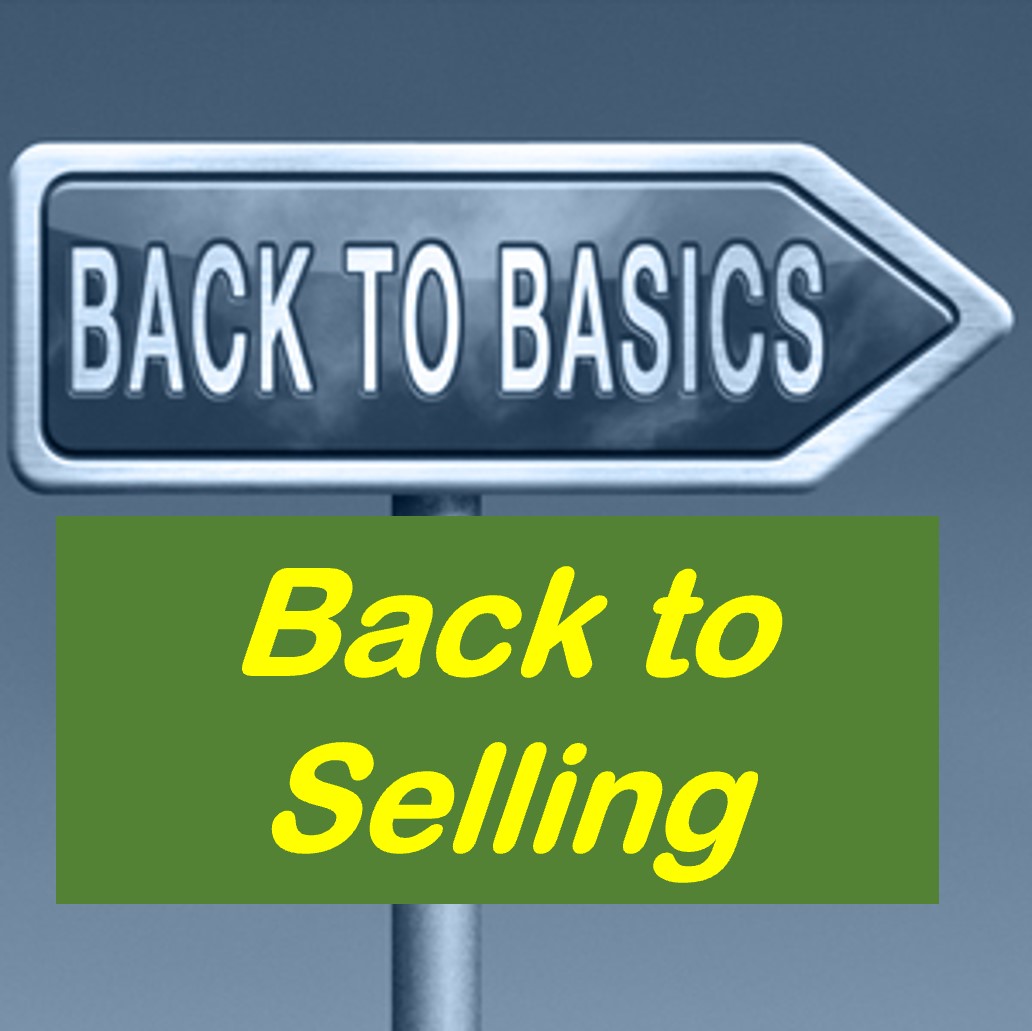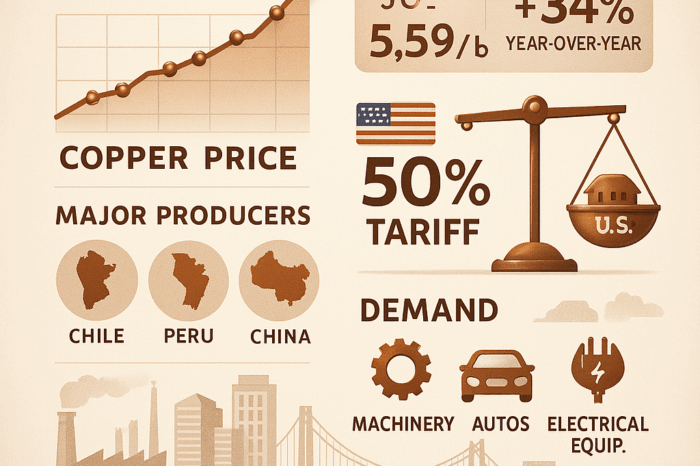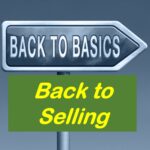Return to Basics to Avoid Personal Recession
 Recently I was contemplating the news that is impacting our industry and considering if what we are doing today will enable us to be successful going forward.
Recently I was contemplating the news that is impacting our industry and considering if what we are doing today will enable us to be successful going forward.
Key headlines you hear repeatedly business newscasts include:
- Increased Interest rates making it more expensive to borrow
- Residential construction slowing with higher mortgage rates
- China coming out of their COVID isolation & factories back open (at least for now, who knows what will happen with their zero Covid policy. We need to plan for, at least, sporadic closings.)
- Many products becoming more available with selected price reductions (not many in electrical, but copper has had a significant dip.)
- Overstock concerns in more markets such as clothing, toys, electronics, etc. at a slower time of year. This is fostering significant price reductions in retail at Walmart & Target to raise money and get rid of seasonal products and the overstock (need to clear warehouse space for fall / Christmas items.)
While the macroeconomic concerns can be disconcerting and the media can talk us into a recession, industry insights are signaling similar.
- The recent Baird research that MDM conducts, which is conducted via a distributor survey, shared industry sales up 13.5% in Q2 but that prices were up 11.9%. So, when you do the subtraction, that is net growth of 1.6%. (email me if you’d like a copy of the report.)
- David and I were talking, and he shared that the recent DISC Monthly report, which is based upon economic forecasting backed by 35 years of electrical industry experience and proprietary algorithms, shared slightly higher growth but higher price increases but, the end result is still nominal growth. (and if you want a copy of the June report, it’s available for purchase here.)
Bottom line, the market is growing painfully slow.
Certainly, there remain significant issues including transportation and replacing an older workforce that now appears more than willing to retire, rather than stay working. Inflated compensation models, not conceivable 2 years ago, has had minimal effect. (Look for an upcoming white paper we’ve done with GRN Coastal for insights on the electrical recruitment market.)
The past three years have placed more emphasis in our industry on production and supply issues for necessity of survival. Companies often have key decision makers coming from their IT or Operations group on calls to provide a little input (but most reportedly don’t say much) but, for many companies, there is little focus on sales (and, in some cases, they can’t ship or don’t have material, so they don’t want to sell “today”. The issue is that lack of being proactive could have longer-term repercussions.
The market is again in flux with over 70% of economists interviewed forecasting a recession coming early next year. (and DISC is forecasting a nominal one for the electrical industry.)
All of this got me thinking of what do we need to do to get back to growth? And it may come down to returning to the basics … focusing on selling. Remember the saying, “There is no business without sales.” Maybe we need to remind ourselves of this … and our support teams.
HOW MIGHT WE TAKE ADVANTAGE OF WHAT IS COMING?
MANUFACTURERS
To satisfy Wall Street in a recession costs are reduced while increasing market share becomes relevant.
Regaining relationships that may have been strained the past few years is key.
Understanding what caused the issues including changes in terms, shortages of products, significantly increased pricing may well have been justified, however, the realization that these feelings are embedded in customers must be taken into account.
Often stated by distributors interviewed was a perception of poor communication and attitudes over these issues. They understood the necessity but were very discouraged over the lack of warnings or answers when questioning. The most loyal of distributors felt they were treated the same as those less loyal on all issues discussed. If there were loyalty advantages, it was not conveyed to them. They had little product, but many SKUs they could not receive were found at various DIY operations.
DISTRIBUTORS
Many told me they found it expensive to carry inventory without knowing, or being told, what was coming and when or what pricing they would be charged.
Twenty-two contractors I spoke with stated inventory was an issue and were turning more to the DIY centers or web ordering because their favored electrical distributors were often lacking inventory. The contractor’s need for product overrode any pricing or channel preference. Only three of them mentioned pricing as a concern, which may also be an indicator to distributors about the value of inventory and the ability to charge a nominal premium if they have a differentiated (as determined by the customer) value proposition
During the next 6-9 months, if this is the position you believe you might be experiencing, you might need to win these customers back. Emphasizing inventory and a desire to show these customers’ importance to you thru sales and marketing efforts brings us back to our normal state of addressing customers’ daily needs and your ability to fulfill them. Perhaps joint sales calls, counter days with new products and promotions may be well focused activities. Promoting your first time fill rate could be important.
Although I have generally been negative on counter days that have not been properly planned or where the target audience is ambiguous, showing customers your improved inventory with counter people and manufacturers showing their new products and labor saving products could have merit. Customer Appreciation Days have always improved relationships as reiterated by those contractors I questioned, especially when management was present to thank them.
MANUFACTURERS REPRESENTATIVES
I belonged to a rep network where one of the more successful members stated he refuses to do expediting or order placement and considers these services to be the responsibility of the manufacturer. In his opinion, his inside people need to concentrate on sales support including follow-up, lead generation and new product introductions as they make outgoing calls. He refers to it as ”playing offensively and not defensively.” Part of this is that he feels he is compensated for selling, not doing data entry and customer service. Those are roles for manufacturers, and he cannot afford to invest in those people / systems.
Most reps have had to have much of the time for their inside and outside salespeople redirected to helping customers with exactly those services he refuses to participate. Often the reps have been the only communicator in the market who may know what was happening; why and what they believed was occurring.
Reps must go back to being the local expert on products and relationships. Knowing what end-users have jobs and what they will be needing. Who to go to with the new product based on that user’s practices and supporting those distributors stocking and supporting their manufacturers? Be the “go-to” for technical information and follow-up. Know which of your products should be on specific jobs rather than merely quote what is brought to you. Offer reliable substitutions that might save money or provide a better solution.
For many reps this SOP, however, according to distributors, there are a number who are still much less visible than they should be. Perhaps this is why we continue to hear of changes occurring in the rep environment and more lines looking to make changes. It seems that some reps have planned for the future and are investing whereas others are hoping to hang on and “milk” the business. (If you are a rep, NEMRA’s Rep of the Future report can provide a roadmap. CMG is also working with some reps on strategy, data analytics and marketing strategies.)
Reps need to demand training for outside and inside associates from manufacturers to be able to provide to the manufacturer, distributor, and users the value they should expect.
TO ALL
Each of us has a bottom line. We cannot be successful if we are not profitable, and my experience is often that profitability comes from new products, loyalty, and communication with each other.
It surely may be that the days of emphasizing selling, and customer satisfaction, just may be returning.























